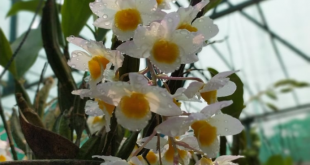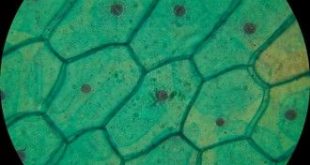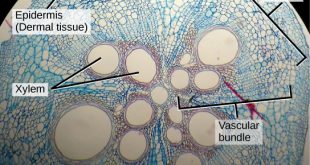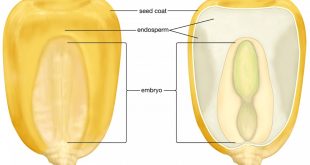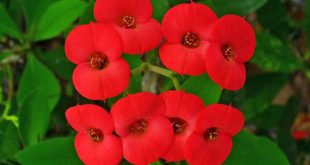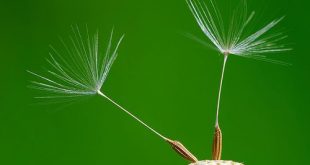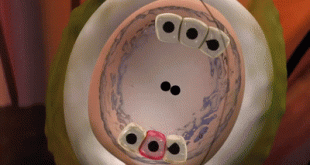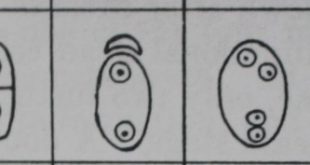Systematic position According to Bentham and Hooker it belongs to the series Microspermae. Engler places it under the order Microspermae.Hutchinson considers it as belonging to the order Orchidales of the divison Corolliferae. Distribution The family is large and is consisting of over 400 genera and more than 10,ooo species distributed …
Read More »Monocotylidonous Family: Poaceae
Systematic position Bentham and Hooker places this family under the series Glumaceae of the Monocotyledons. According to the Engler it belongs to the order Glumiflorae. Hutchinson places it under the order Graminales belonging to the division Glumiflorae. Distribution The members of this family is cosmopolitan and grow on almost all …
Read More »Cell Types & Tissue System: Simple Tissue
Plant anatomy Study of gross internal structures of plant organs by the method of section cutting is called plant anatomy. Tissue Vegetative Reproductive Complex Tissue is formed by a group of cells having Same origin Same structure Same function Gross classification of tissue Permanent tissue Meristematic tissue Secretory tissue (concerned …
Read More »Cell Types & Tissue System: Complex Tissue
The complex tissue consists of more than one type of cells which work together as a unit. Complex tissues help in the transportation of organic material, water, and minerals up and down the plants. That is why it is also known as conducting and vascular tissue. Collenchyma always absent. Composed of more than one types of cells. Types …
Read More »Endosperm & It’s Types in Angiosperms
The endosperm is important because it is the main source of food for the embryo. In gymnosperms it is haploid and forms a continuation of the female gametophyte. In angiosperms, on the other hand, it is a new structure formed in most cases as the result of a fusion of …
Read More »Euphorbiaceae: The Spurge Family
Euphorbiaceae family is very diversified with mostly monoecious herbs, shrubs, and trees and even sometimes succulent and cactus-like members. It is named from one of its member genus ‘Euphorbia‘. This family has about 300 genus and 7500 species all over the world but more often found in warm and temperate …
Read More »Polyembryony: Multiple Embryos in a Seed
The phenomenon of polyembryony, i.e., the occurrence of more than one embryo in a seed, has attracted much attention ever since its initial discovery in the orange (Citrus sinensis) by Leeuwenhoek (1719). Ernst (1918) and Schnarf (1929), who have reviewed the older literature, classify it into two types—”true” and “false”—depending …
Read More »Apomixis: A Subistitution for Sexual Reproduction
Apomixis maybe defined (Winkler, 1908, 1934) as the substitution for sexual reproduction (amphimixis) of an asexual process which does not involve any nuclear fusion. For the sake of convenience it may be subdivided into four classes. Non-recurrent apomixis Recurrent apomixis Adventive embryony Vegetative propagation Non-recurrent apomixis In the first, or …
Read More »Steps of Fertilization
Fertilization is the union of male and female gametes to produce a zygote. There are several steps of fertilization. They are described below. Germination of Pollen. The course of the pollen tube. Entry of pollen tube into the ovule. Entry of pollen tube into the embryo sac. Gametic fusion. Germination …
Read More »Female Gametophyte: The Embryo Sac with Its Types
The angiosperm female gametophyte is critical for plant reproduction. It contains the egg cell and central cell that become fertilized and gives rise to the embryo and endosperm of the seed, respectively. Female gametophyte development begins early in ovule development with the formation of a diploid megaspore mother cell that …
Read More » Plantlet The Blogging Platform of Department of Botany, University of Dhaka
Plantlet The Blogging Platform of Department of Botany, University of Dhaka
